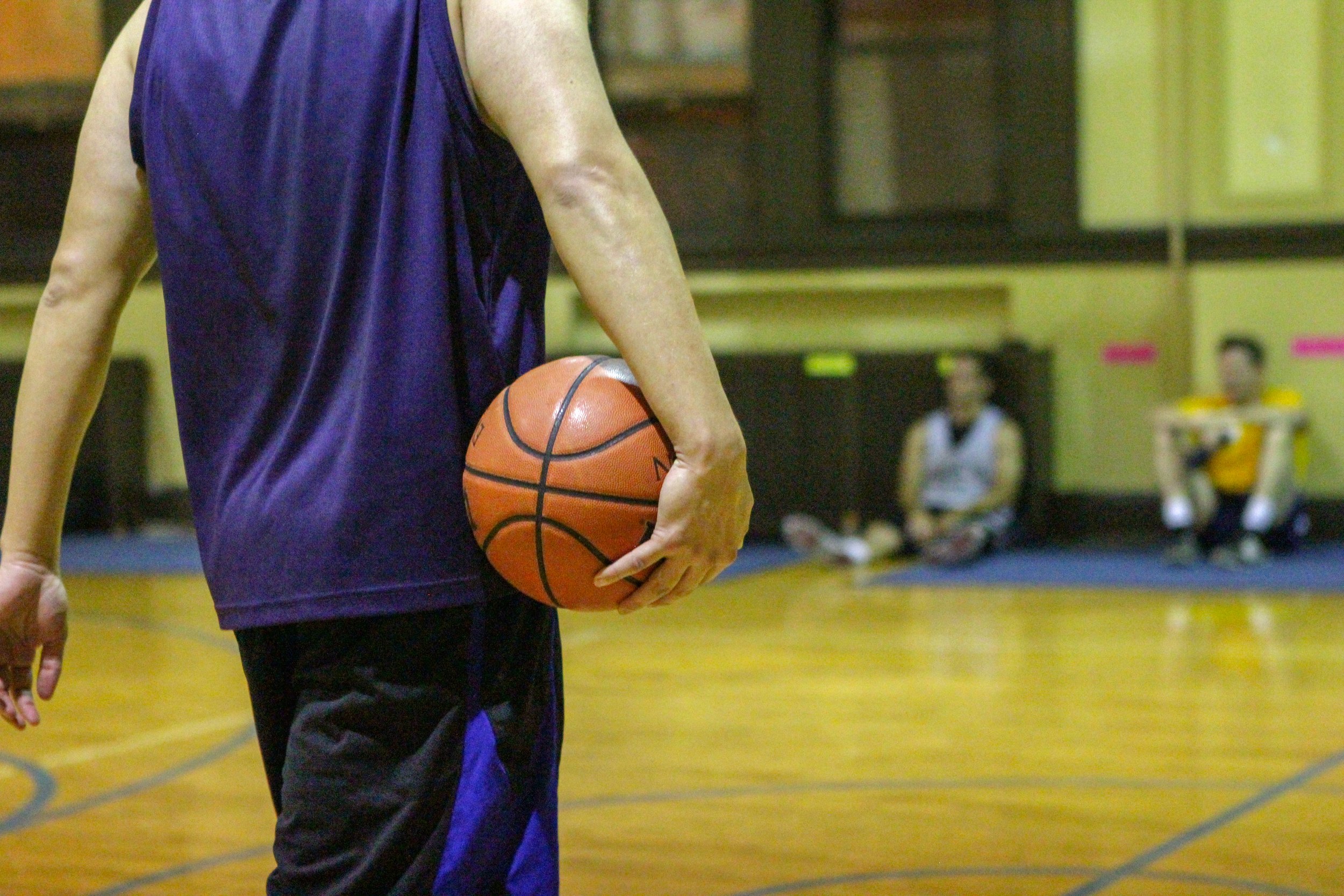Cultivating Confidence with NBA Strength Coach Bill Burgos
/I believe that confidence is the most important attribute a strength and conditioning coach can attain. Confidence—in your program and in yourself—is key when working with athletes, especially those at an elite or pro level. And if your confidence is rooted in a mastery of your craft, it allows your athletes to rely on you to provide reliable instruction, and allows you to be yourself in the training environment.
Confidence in Program Design
The first step in becoming a confident S&C coach is to master program design. Program design is the central component to the overall success of your program. Without a proper plan, there is no sense of structure to guide you in developing your athletes. For this reason, it is essential to take the time to master the craft of strength and conditioning—by learning both the tactical and technical aspects of your specific game.
Both the tactical components of gameplay (rules and strategy) and the technical components (the physical attributes needed to excel at the game, like strength, power, stamina, etc.) are critical for success at a high level. In order to meet the demands of the game, your athletes (and you!) must possess expertise in both. The initial process of identifying the needs of athletes in your sport is critical when laying the foundation of a sound strength and conditioning program, as is fitting that program within your philosophy and style of training, to allow you to freely coach with confidence—even when circumstances are less than ideal.
Confidence in the Midst of Crisis
I remember when I got my first Head Strength Coach position with the New York Knicks in 2011. It was a lockout season, and things were in “light-speed” mode for our players. We had multiple back-to-backs (two games in two days in a row) and at times played three days in a row, which made it a challenge to do anything besides rest. Definitely less-than-ideal conditions for optimal athletic performance.
In the midst of all this, the players were relying on me to make decisions about their training and recovery in a timely manner. Having spent time honing my skills and knowledge in strength and conditioning earlier in my career, I was able to respond to their questions as well as design programs that made sense according to the schedule we had.
One night when we played at Madison Square Garden, I had an athlete who didn’t play many minutes and needed to condition after the game in order to stay in playing shape. I was able to gather the minutes he did play that night, then forecast what might be expected from him in the coming week, to determine what his conditioning protocol should be. Once the information was collected, we did a 12-minute treadmill run, which was enough to stress his energy systems yet prepare him for the upcoming games—a 9-game win streak in which he played more than 30 minutes per game. So even when circumstance aren’t ideal for your program, if you’re confident in your abilities as a strength and conditioning coach, you can overcome.
Developing Confidence in Your Profession
Basically, in the pro setting there is no time to wait and see what works. You have to be able to make smart decisions for your athletes that take many factors into account, while still scheduling days for strength training and conditioning in order to drive performance. But prior to my first Head S&C position, I was able to take the time to learn more about the sport—which helped equip me with the knowledge and confidence I would need under pressure.
I had the good fortune early in my career to work under some great mentors and coaches—such as current NBPA Director of Science and Research, Joe Rogowski, as well as coaches Stan Van Gundy, Steve Clifford, and Patrick Ewing, to name a few. They shared their experience with me and mentored me in areas to improve on in order to save time on making decisions, which built my confidence. Not only did I learn what works from professionals in the highest level in this game during this time, I also took the time to obtain a second master’s degree to improve my craft, along with reading articles/books and listening to podcasts for an hour a day in order to stay current with the trends of training. I believe this experience and knowledge gained has helped not only to make me a better practitioner of strength and conditioning, but also a more confident and effective coach all-around.
The Takeaway
If you’re a coach, whether you’re a sport coach or a strength and conditioning coach, take the time to master your craft. The more experience and knowledge you have under your belt, the better your program design will be—and the more confident you will be in your role. Cultivating confidence allows you to deliver the message behind your program, the purpose of your training, in a way that will be received by your athletes. And if you can deliver that message effectively, there’s no limit to what you can do.
Special thanks to Bill Burgos and the National Basketball Strength & Conditioning Association (NBSCA) for this article. For more workout tips and stories from NBA strength and conditioning coaches, you can follow the NBSCA on Instagram, Twitter, and Facebook.
Join hundreds of thousands of coaches and athletes using Volt's intelligent training system. For more information, click here.










